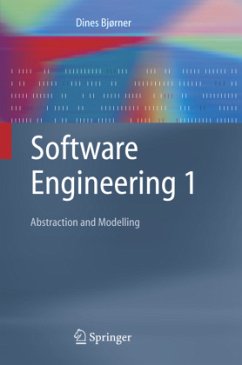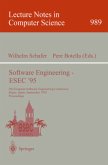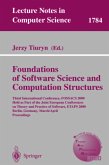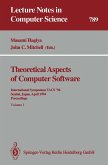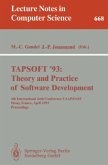The art, craft, discipline, logic, practice, and science of developing large-scale software products needs a believable, professional base. The textbooks in this three-volume set combine informal, engineeringly sound practice with the rigour of formal, mathematics-based approaches.
Volume 1 covers the basic principles and techniques of formal methods abstraction and modelling. First this book provides a sound, but simple basis of insight into discrete mathematics: numbers, sets, Cartesians, types, functions, the Lambda Calculus, algebras, and mathematical logic. Then it trains its readers in basic property- and model-oriented specification principles and techniques. The model-oriented concepts that are common to such specification languages as B, VDM-SL, and Z are explained here using the RAISE specification language (RSL). This book then covers the basic principles of applicative (functional), imperative, and concurrent (parallel) specification programming. Finally, the volume contains a comprehensive glossary of software engineering, and extensive indexes and references.
These volumes are suitable for self-study by practicing software engineers and for use in university undergraduate and graduate courses on software engineering. Lecturers will be supported with a comprehensive guide to designing modules based on the textbooks, with solutions to many of the exercises presented, and with a complete set of lecture slides.
Volume 1 covers the basic principles and techniques of formal methods abstraction and modelling. First this book provides a sound, but simple basis of insight into discrete mathematics: numbers, sets, Cartesians, types, functions, the Lambda Calculus, algebras, and mathematical logic. Then it trains its readers in basic property- and model-oriented specification principles and techniques. The model-oriented concepts that are common to such specification languages as B, VDM-SL, and Z are explained here using the RAISE specification language (RSL). This book then covers the basic principles of applicative (functional), imperative, and concurrent (parallel) specification programming. Finally, the volume contains a comprehensive glossary of software engineering, and extensive indexes and references.
These volumes are suitable for self-study by practicing software engineers and for use in university undergraduate and graduate courses on software engineering. Lecturers will be supported with a comprehensive guide to designing modules based on the textbooks, with solutions to many of the exercises presented, and with a complete set of lecture slides.
From the reviews: "The book under review is the first one from a series of three volumes that provides a compelling framework for a more comprehensive understanding of both formal and practical concerns of software engineering. The major feature distinguishing these textbooks from other current ones ... is the natural manner in which the formal techniques smoothly glide from software design towards the requirements prescription phase and beyond to domain description. ... By its consistency and rigor, the book is, undoubtedly, remarkably useful to professional software developers." (Tudor Balanescu, Zentralblatt MATH, Vol. 1095 (21), 2006)

